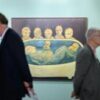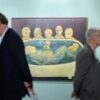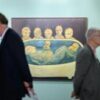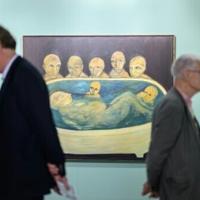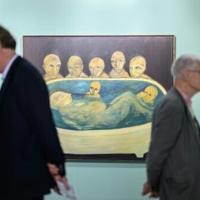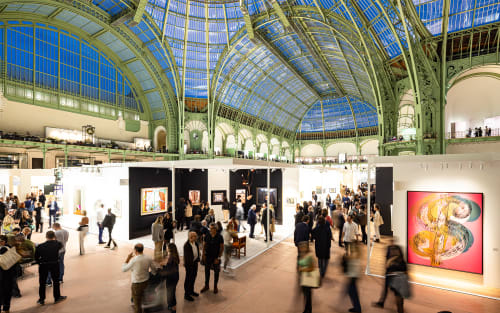
Forty-eight hours before an Art Basel fair opens, chaos appears to reign on the show floor. Tall forklifts reverse through narrow aisles; massive crates are wheeled around and pried open; installers paint walls, apply veneers, and gently cradle bronze sculptures in pillowy transportation blankets as if they were gargantuan babies. But don’t be fooled: Behind this apparent disorder is a finely tuned system – one where specialized knowledge prevails, communication is essential, and creative improvisation can solve critical issues in minutes. In many ways, the buildup of an art fair mirrors the art market itself.
So what exactly is the art market? Who are its key players, how is it structured, and what makes it distinct from other markets?
At its core, the art market is a global network of individuals, businesses, and institutions involved in the creation, promotion, sale, and resale of artworks. Artists, of course, are at the center. They conceive and produce artworks – the actual goods that are being sold. The diversity of artistic expression, even within the scope of Modern and contemporary art, is staggering. From Gertrude Abercrombie’s miniature surrealist paintings to John Akomfrah’s cinematic video installations, or Sasha Stiles’s NFTs, artistic formats and voices are as diverse as the crystalline structures of snowflakes. But the concept is always key. ‘The art market is one where you sell and buy ideas, whether they end up being a physical object or not,’ says Vincenzo de Bellis, Director of Fairs and Exhibition Platforms for Art Basel.
This post was originally published on this site be sure to check out more of their content

